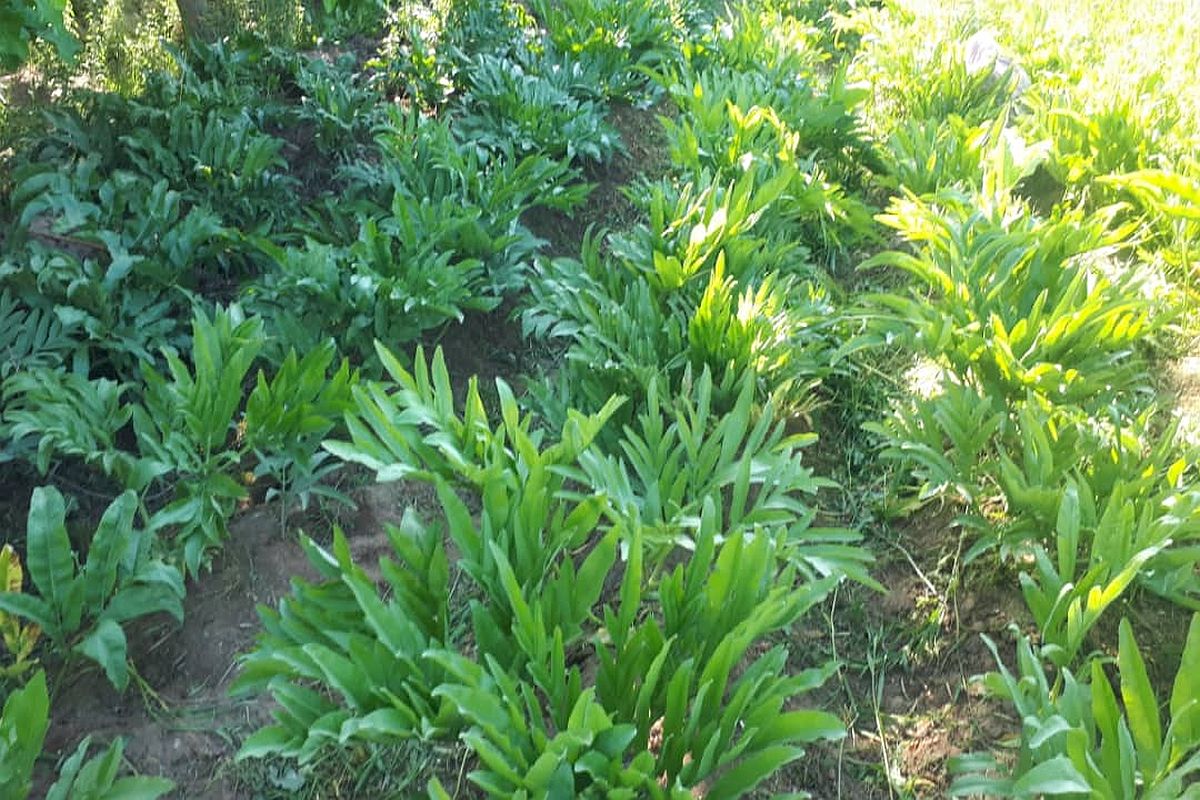After getting success in growing Asafoetida in tribal region of Kinnaur district, the farming of the most sought after spice in India will soon spread its wings in lower sub temperate regions of Himachal Pradesh.
The Bilaspur district based agri-scientist and former member of Coffee Board of India, Vikram Sharma is now in the process of procuring new hybrid variety which can withstand temperature upto 35 degrees Celsius.
“The process to bring new hybrid variety of ferula Asafetida which can be produced in the lower hill regions of Himalaya is on and soon, the seeds will be made available to the farmers in these regions,” Sharma told The Statesman.
Vikram Sharma, who is known for introducing coffee cultivation in Himachal by distributing plants free of cost to farmers, said the seeds prepared for sub-temperate environment will soon be made available to the farmers of these regions free of cost.
“The quality of asafoetida milk produced from these plants is of a very high quality and in addition, the production is also high in comparison to the traditional varieties available in the growing countries (Iran, Turkey and Afghanistan),” he added.
He further stated that this hybrid seed produced plant can withstand temperatures upto 35 degrees Celsius and it will be produced experimentally in the lower regions of the Himalayas.
It is not easy to find a better environment for asafoetida cultivation as it is necessary to meet certain standards, the most important of which is a favourable temperature.
Sharma said recently, the Himachal Pradesh government had taken initiative to start Asafoetida farming in higher regions of the state.
Presently, Chaudhary Sarvan Singh Agricultural University Palampur and IHBT Palampur are working on the project to cultivate it in Lahaul Spiti, Kinnaur districts and Tissa in Chamba district.
Asafetida cultivation can be very beneficial for farmers as the market price of pure milk of ferula asafoetida is between Rs 25,000 to Rs 30,000 per kg in the market.
It is worthwhile to mention here that asafoetida is used in spices and medicines in India and besides this, the international value crop has high demand in pharmaceutical sector.
The self pollinating asafoetida plant is native of higher altitude regions or in cold deserts and the crop is generally harvested during the period from August to October.
Heeng or Asafoetida is extracted from the roots of the plant by carefully placing a cut on the rhizome part of the root once the stem is uprooted, then the milk that oozes out of the rhizome is collected and carefully stored in plastic containers.
The milk of asafoetida is generally sun dried either by the farmers or by the companies dealing in this product.
India presently consumes 40 percent of total production of crop that is produced worldwide but doesn’t produce the spice which is most sought after in the country.












